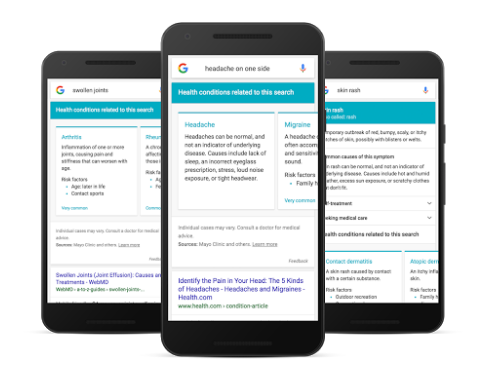Very few people will say the cloud led to people getting fired, but we all know there has to be someone let go in order for new technology to shake things up in any organization – disruptive innovation, so it is called.
Although we don’t want you to lose your Job, sometimes a CIO can be the only thing standing between an organization and their dream of reaping the fruits of the cloud.
To move to the cloud, you may need to fire your CIO
Should your CIO be fired if your company is to take real advantage of the cloud? To make that decision, the core metric should be the degree of effective use of technology to support the business. This means taking some well-considered risks, rather than avoiding all risks or taking every risk. And understanding when to take those risks is a career skill that can’t be taught….
…What happens to these CIOs is that they push back on cloud because owning headcount and hardware is a measure of political importance. Or they act as proxies for their technical leaders who feel threatened by the cloud. Either way, the departments work around them (shadow IT), which makes the CIO appear to be hindering progress. The CIO is fired, and the new CIO is tasked with taking over the shadow IT clouds and putting everything back under the IT umbrella…
…CIOs who push back on promising new technologies for political, emotional, or other non-business-supporting reasons will — and should — find themselves out of a job. Read more here
While some IT asset inventory reports problems involve employee displacement through introduction of new technology, some Cloud services providers have been let off by clients for rather un-newsworthy stories.
PayPal Dumped Cloud Company After It Refused To Monitor Customers’ Files
German Dropbox rival Seafile claims PayPal dropped it as a customer after it refused to comply with the payment services company’s demand to spy on its users’ data. In a blog post, the company informed its customers that they can no longer pay for the service using PayPal — the only payment method that Seafile currently relies on. CEO Silja Jackson told Fortune, “We’re looking into alternative payment services, but currently we’re running a cloud service and not getting paid.” Founded in 2009, Seafile has over 250,000 users, many in universities.
Image credit: Getty Images
The service offers an open-source file-synchronization system that organizations can install on their own servers — for a fee, if they want enterprise features — and last October the firm decided to also start offering a paid version that’s hosted on Seafile’s German servers, for individuals and small businesses…read more here
The plight of such outsourcing relationships are among the lot that keep happening behind closed doors in the world of IT managed services provision. On the other side, IT outsourcing through search engines like Google has been replacing practitioners.
Google To Offer Better Medical Advice When You Search Your Symptoms
Image Credit: Google Blog
Picture this: you woke up today with a headache. It’s been getting worse all day, and you aren’t sure if you should be worried or not. So you open the Google app and start searching for your symptoms. After 20 minutes digging through health forums, chances are you’re overwhelmed by all the complicated medical terms and breaking out in a sweat—whether that’s related to the headache or the overdose of info is unclear!
You’re not alone. Roughly 1 percent of searches on Google (think: millions!) are symptom-related. But health content on the web can be difficult to navigate, and tends to lead people from mild symptoms to scary and unlikely conditions, which can cause unnecessary anxiety and stress.
So starting in the coming days, when you ask Google about symptoms like “headache on one side,” we’ll show you a list of related conditions (“headache,” “migraine,” “tension headache,” “cluster headache,” “sinusitis,” and “common cold”). For individual symptoms like “headache,” we’ll also give you an overview description along with information on self-treatment options and what might warrant a doctor’s visit. By doing this, our goal is to help you to navigate and explore health conditions related to your symptoms, and quickly get to the point where you can do more in-depth research on the web or talk to a health professional.read more here…
Probably the best time to own a search engine, yet the worst to be a medical practitioner.




